Share this link via
Or copy link
One of the best Japanese Kanji dictionary.

When you try to study Kanji by yourself, you will notice that the shape of the characters differs so much by the fonts and get confused from which you should learn. There are countless numbers of Japanese fonts, but in this article, I will introduce the major fonts that will help you to read and write Japanese text.
Contents
There are three significant fonts in Japanese; 教科書体(Kyōkashotai)  ,明朝体(Minchōtai)
,明朝体(Minchōtai)  , and ゴシック体(Goshikkutai)
, and ゴシック体(Goshikkutai)  . Please see and see the difference.
. Please see and see the difference.

*春夏秋冬(shunkashūtō)  means spring, summer, autumn, and winter. 東西南北(tōzainanboku)
means spring, summer, autumn, and winter. 東西南北(tōzainanboku)  means east, west, south, and north.
means east, west, south, and north.



十(jū), “ten” in 明朝体


十(jū), “ten” in ゴシック体
However, it is tough to read when used for long texts such as newspapers or books. Therefore, ゴシック体 are likely to be used for only the headings. The body of the writing tends to be written in 明朝体.
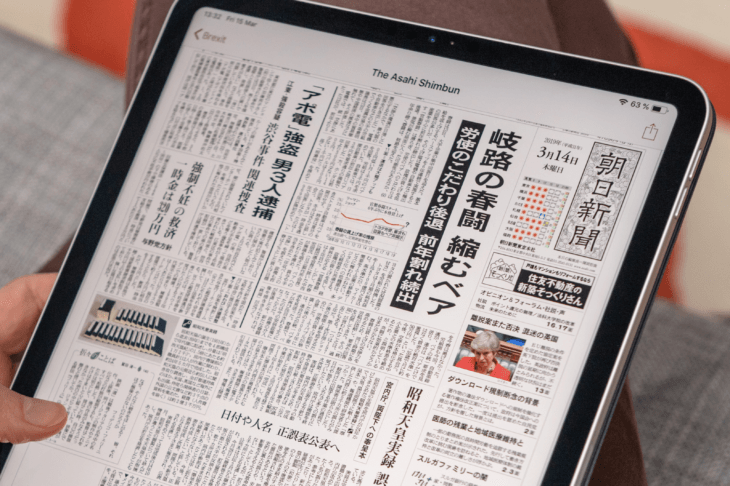
The heading of the newspaper is in ゴシック体, and the body is in 明朝体.
There are many types of 教科書体, 明朝体, ゴシック体 depending on the software or designers – although they are all following the basic rules.
If you are using the Microsoft Word to write Japanese for business, simply select MS明朝 or MS P明朝 for 明朝体, and select MSゴシック or MS P ゴシック for ゴシック体. Others might be considered informal. If your boss has any preference, just follow it.
In the “MS xx” font, the character width is always the same no matter which character you type. On the other hand, when using the “MS P xx” font, the width depends on the character. The text may look more beautiful using the “MS P xx” series when printed.

Within hundreds of fonts, you might find the fonts below rather frequently.


Its origin is the script used for seals of temples and shrines in the Nara period (710 CE – 794 CE) and evolved into a font unique to Japan. However, when used in comics, it gives a horrifying image.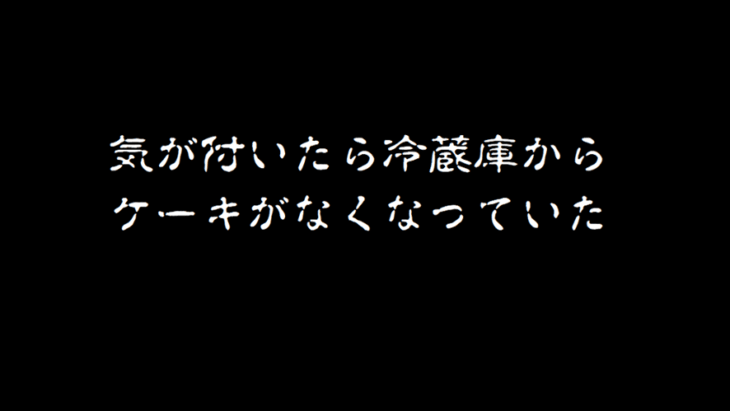
The sentence means, “When I realized the piece of cake has disappeared from the fridge.” It is just a simple sentence but sounds horrifying by using this font.

Nowadays, this is the font mainly used for official seals of individuals, the government, and companies. It is based on the script developed in the 春秋(Chunqiu) era and was standardized in the 秦(Qing) dynasty.
篆書体is still used today for formal seals used for important documents, such as contracts or certificates. It is quite complex and difficult to duplicate.
Here is an example. The photo below is a certificate of a qualification examination called ITパスポート(IT Passport). In the bottom part, you can see the name of the Minister of Economy, Trade and Industry at that time(枝野幸男, Yukio Edano). On the right side of the name, you can see a seal carved “経済産業大臣” in 篆書体, which means “the Minister of Economy, Trade and Industry.”
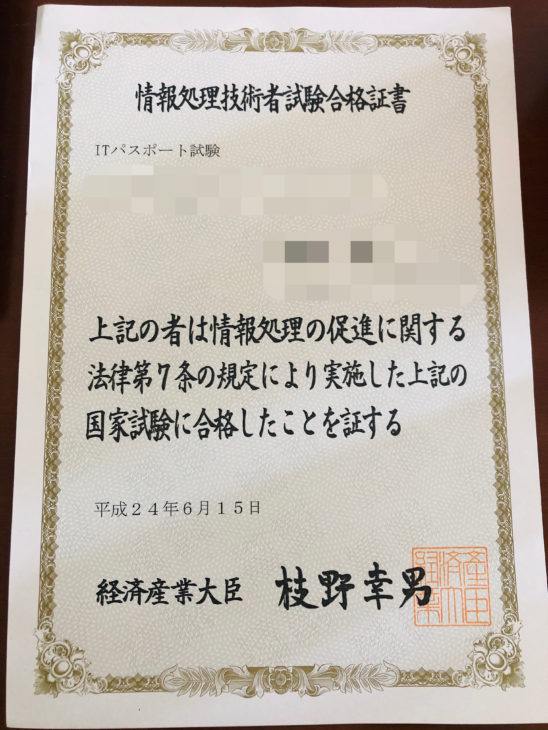
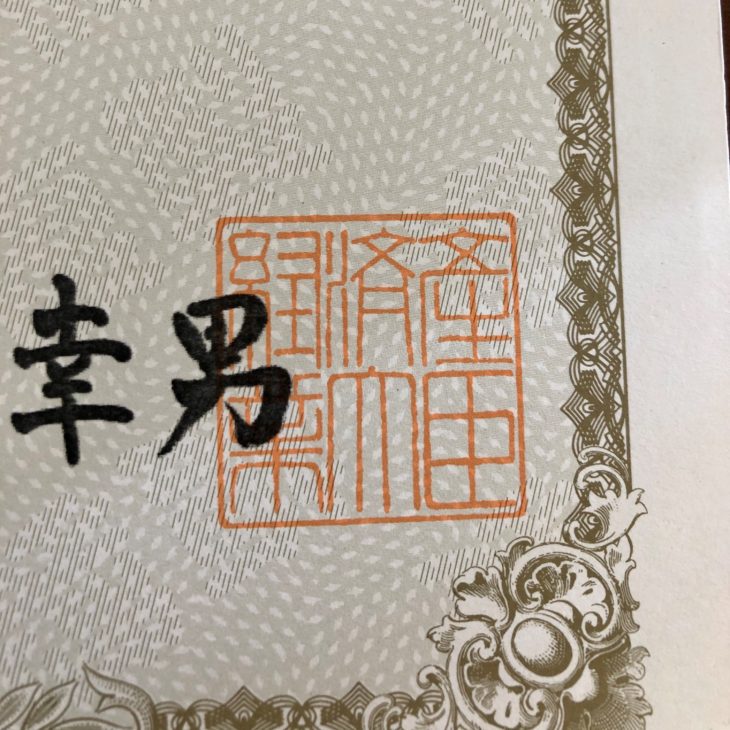
The point is that when Japanese people conclude contracts or give someone a certificate, they use seals instead of signatures. Without seals, those are just pieces of paper invalid.

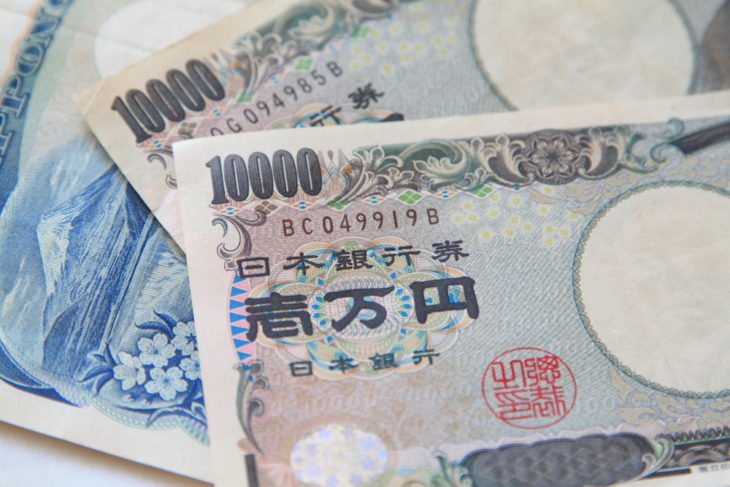

白舟書体
You can download 古印体,篆書体,隷書体,印相体 and other fonts from here. The website is in Japanese but just click the 「ダウンロード」for Mac or Windows. Please be noted that only Hiragana, Katakana, and 1006 Kanji characters taught in elementary schools are included in each font.
The three English websites below have many decorative fonts.
Here is the website for the Japanese fonts of Google Fonts:
https://fonts.google.com/?subset=japanese
Google Fonts is not a service for downloading fonts but is a website for web fonts. You will select the font you would like to use, then copy and paste the HTML code to your website.
For further information, please see the website below to see how to use it:
https://www.freecodecamp.org/news/how-to-use-google-fonts-in-your-next-web-design-project-e1ad48f1adfa/
You can download hundreds of Japanese fonts from the Internet for free.
Oh, I forgot to tell you, you first need to install the IME into your computer to type Japanese.
Here is the website explaining how to install it:
Coscom
Installing IME and Typing Japanese on Windows
Try using many Japanese fonts and see how the impression of the text will dramatically change. Enjoy!
What is Onyomi?
Onyomi, also known as the "Sino-Japanese reading," is one of the two main reading systems for kanji characters in Japanese. It refers to the reading of a kanji character that is derived from the original Chinese pronunciation.
What is Kunyomi?
Kunyomi, also known as the "native Japanese reading," is one of the two main reading systems for kanji characters in Japanese. It refers to the reading of a kanji character that is based on the native Japanese pronunciation. Kunyomi readings are often used when a kanji character stands alone or is followed by hiragana, as in verbs and adjectives. Mastering both kunyomi and onyomi is crucial for understanding and using kanji effectively in the Japanese language.
What is Radical?
A radical, also known as "bushu" in Japanese, is a fundamental component of kanji characters. Radicals are the building blocks of kanji and are used to categorize and organize them in dictionaries. There are 214 traditional radicals, each with its own meaning, which often provides a clue to the meaning of the kanji character it forms.
What is strokes?
Stroke count, or "kakusuu" in Japanese, refers to the number of individual brushstrokes required to write a kanji character. Each kanji has a specific stroke order and stroke count, which are essential for writing the character correctly and legibly. Understanding and following the correct stroke order not only ensures proper balance and aesthetics but also makes writing more efficient and fluid.